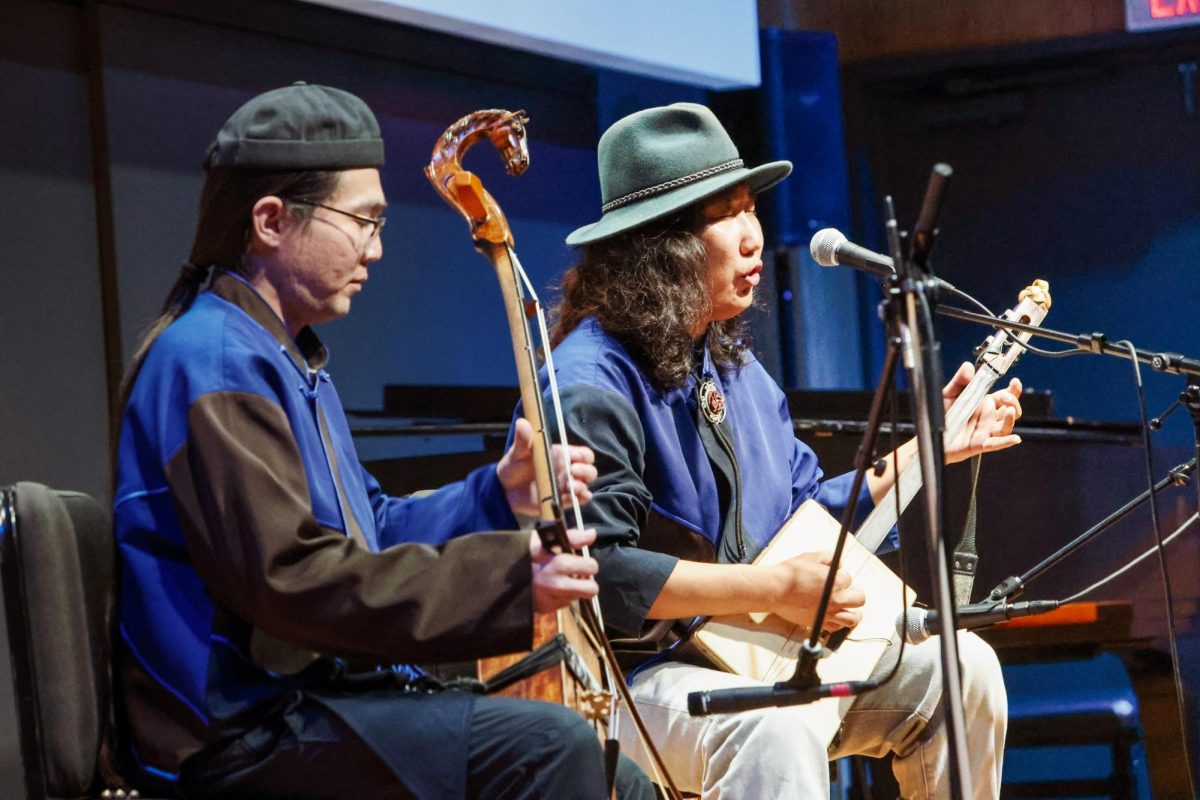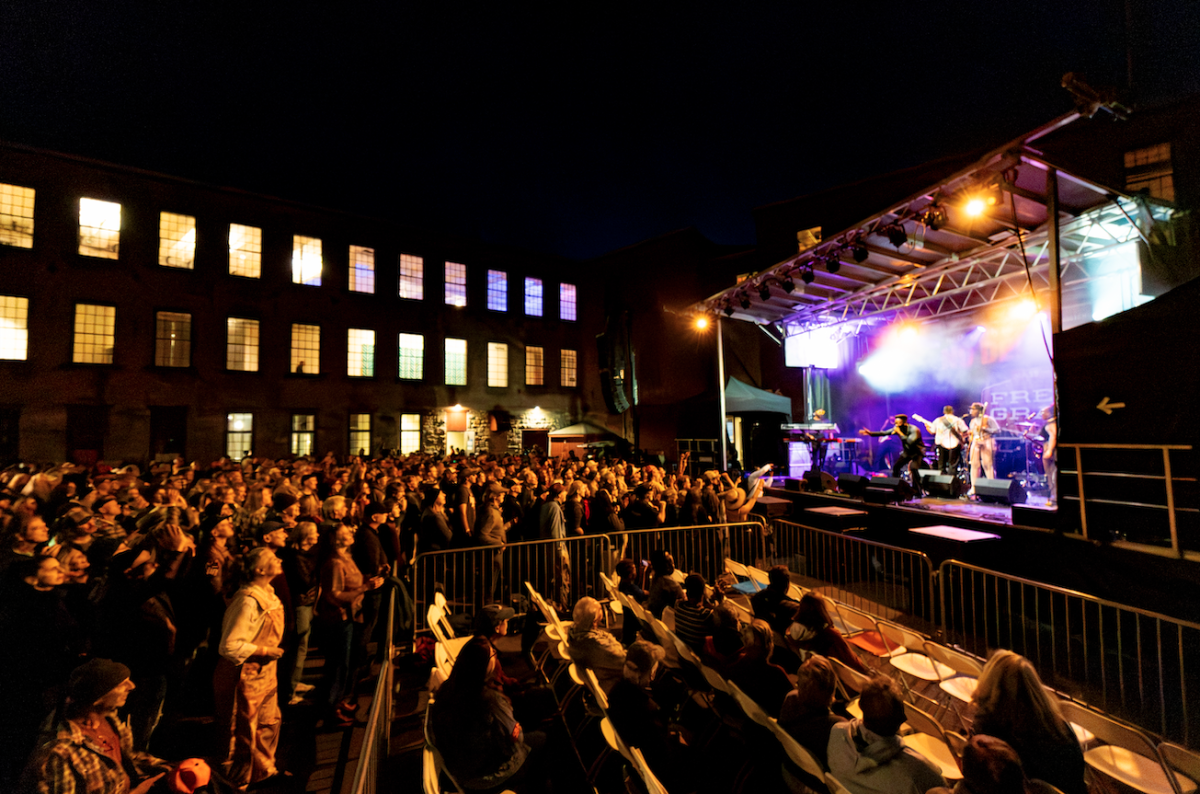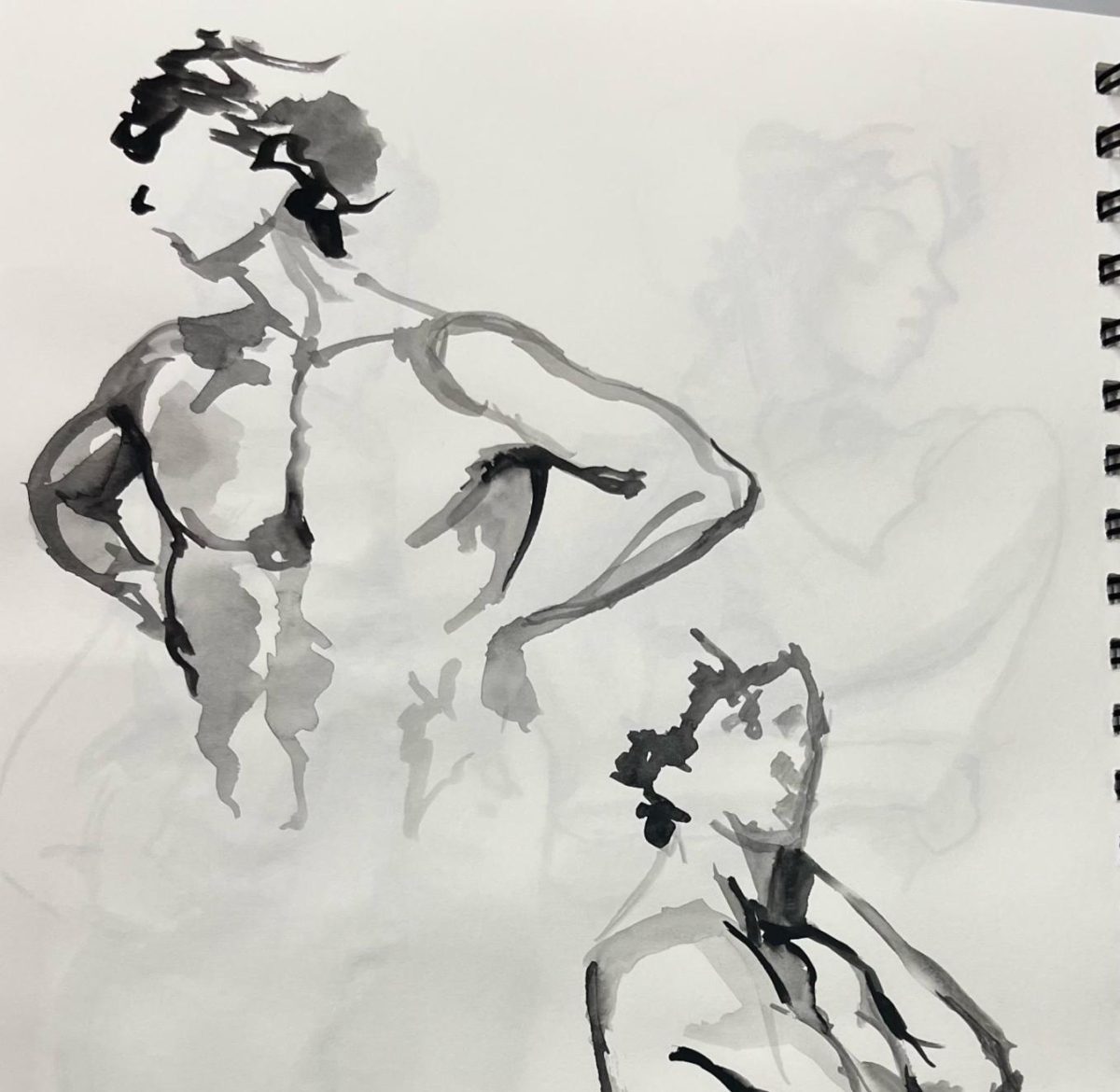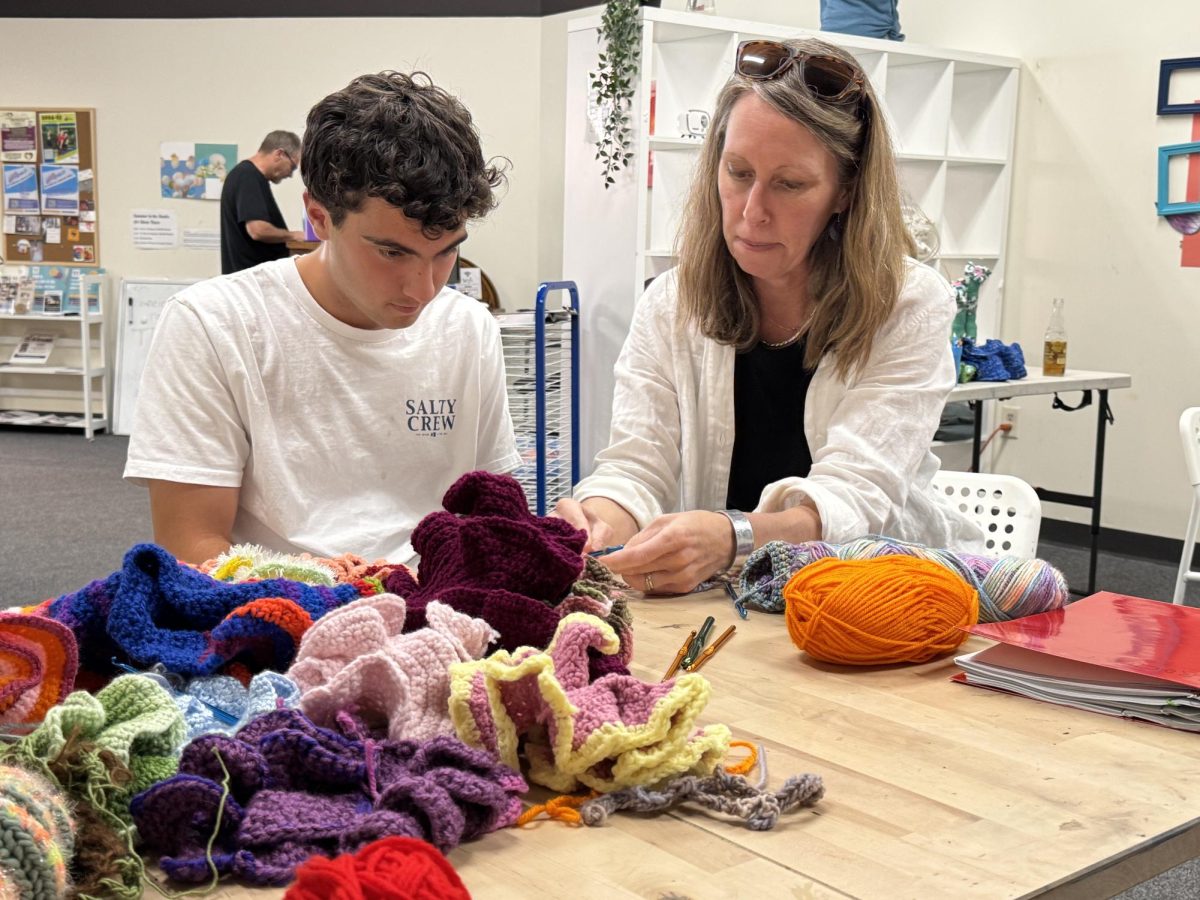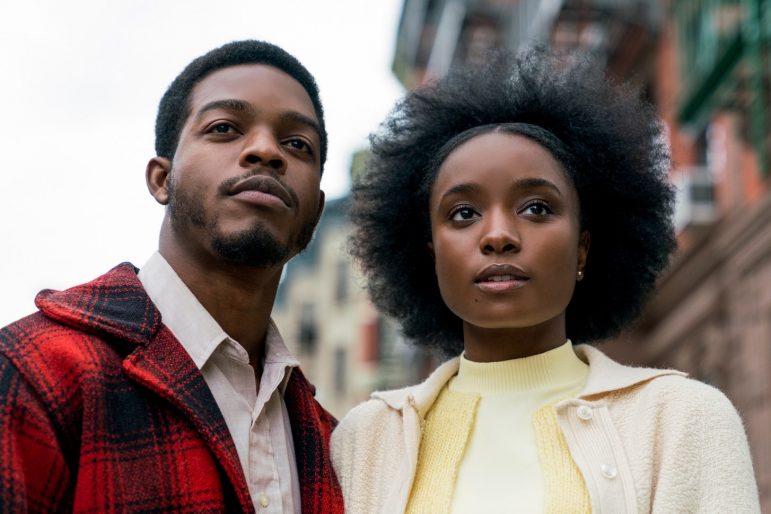
Stephan James and Kiki Layne help bring James Baldwin’s novel to visual life in Barry Jenkins’ screen adaptation of If Beale Street Could Talk. (PHOTO COURTESY OF TATUM MANGUS/ANNAPURNA PICTURES)
My first experience with a Barry Jenkins film was two years ago on an airplane. Shortly after Moonlight won Best Picture at the Academy Awards, I rented the film to see what all the buzz was about. I ended up watching it twice in one flight – crying hysterically at the ending both times. I felt bad for the passengers beside me, but aren’t you more likely to cry on an airplane anyways?
Moonlight was the first movie I had seen where every music choice, visual, location and scene seemed so beautifully orchestrated. It was almost like a Bruegel painting, with every individual aspect coming together in perfect harmony. These stylistic choices, of course, serviced the heart of the film – its raw portrayal of black love, queerness, masculinity, performativity and familial drug abuse.
So, when I learned Jenkins was adapting the 1974 James Baldwin novel, If Beale Street Could Talk, I wasn’t the least bit skeptical. If any filmmaker could successfully adapt Baldwin’s work for the screen, it would be Jenkins. Beale Street focuses on Tish and Fonny, a young black couple facing police racial profiling and housing segregation in New York City while exploring their love for one another. Fonny is falsely accused of sexual assault and sent to jail. During his ordeal, Tish finds out she is pregnant. As with any Baldwin novel, Beale Street is chock full of alluring imagery, intricate dialogue and authentic emotion, meditating on themes of black love, police brutality and the prison system. I knew Jenkins would do it justice in the cinematic version.
If Beale Street Could Talk is playing at Images Cinema through tomorrow, Feb. 14. I saw it last Friday because I couldn’t wait one more second. I knew for a movie as intentionally written and directed as Beale Street, however, I needed to talk with a scholar who focuses in film studies and admires the work of Baldwin. I reached out to Anthony Y. Kim, visiting assistant professor of American studies, who is teaching a course this spring called “Spirits of Rebellion: The L.A. Rebellion Filmmakers.” In this course, Kim explores the works of the L.A. Rebellion, a collective of black filmmakers at the UCLA School of Theater, Film and Television from the 1960s to 1990s. In addition to analyzing the works of filmmakers like Charles Burnett and Julie Dash, students in the course will watch Moonlight at the end of the semester. On Sunday, I watched Beale Street with Kim at Images and discussed the film at length with him afterward. It was his third time seeing it and my second; it is safe to say we both love Barry Jenkins.
Jenkins’ works draw from the L.A. Rebellion, which is why Kim teaches Moonlight in his course. Kim had already seen Beale Street in L.A., but that didn’t stop him from organizing a free class screening on Friday and seeing it again on Sunday.
One aspect that stands out to Kim is the prevalence of intentional lengthy, medium closeup shots.
“At parts, the camera stayed for an instant longer, forcing us to look at them,” Kim said.
This small stylistic choice on Jenkins’ and cinematographer James Laxton’s parts made all the difference in conveying emotion. The extra moments where the camera lingers and the actor or actress stares into the lens makes us reckon with their humanity. Author Angela Flournoy addressed these shots in a 2018 New York Times profile of Jenkins. “For nonblack audience members, it might be the first time they’ve had a black person direct such a gaze their way,” Flournoy wrote. “Jenkins offers a glimpse at a world previously hidden to them. For a black viewer, there’s more likely a kind of recognition: I know that face, although I have never seen this actor before.”
It’s not just the closeups that convey a vulnerability within the cinematography, however. The colorization and accent colors also contribute to the aura of particular scenes. As with Moonlight, the color blue plays a substantial role in Beale Street. The film highlights the scenes through blue clothing and the blue tiling of the bathtub where protagonists Tish and Fonny play as children, but unlike Moonlight, blue is not a melancholy, foreboding hue; in fact, it serves as an accessory for joyous moments in the film. Yellow, on the other hand, plays a more nuanced role in conveying emotion. The yellow motif is seen in the first scene when Tish and Fonny wear a yellow jacket and sweater, respectively, and throughout the narrative, peaks during the prison scenes where Fonny is in the foreground of a bright, piercing yellow. In scenes of anguish, the yellow feels cold; in scenes of love, it takes on warmer, almost orange hues.
These cinematic and colorization choices were not incidental. Kim described to me that one of Jenkins’ major influences was Wong Kar-wai, a filmmaker from Hong Kong, “who is known for making visually lush, emotionally complex and narratively elliptical films about desire, heartbreak, longing and nostalgia.”
Seeing the film again, we both began to notice more technical elements. For Kim, the delicate sound engineering, including the ducking of audio and ambient noises, was more noticeable in the third screening. For me, the score came to life. I had already established an appreciation for composer Nicholas Britell’s brilliant arrangement (who also penned the score for Moonlight), but I had not noticed the significance of musical repetition, such as the recurrence of the opening track, “Eden (Harlem).” Kim pointed out to me that “Eden” repeated three times throughout the movie, serving as a musical motif in important scenes.
In discussing Beale Street with Kim, I gained a new level of appreciation for Baldwin and Jenkins – a love for their work that will never die.
As Regina King’s character Sharon Rivers, mother of Tish, says in the film, “Love brought you here. If you trusted love this far, trust it all the way.”
This conversation with Professor Kim is the first in a new Record film discussion series with faculty, staff or community members who specialize in particular aspects of films showing at Images. For those interested in taking part in this new series, please contact [email protected]




